
Human blood pressure is not a fixed number at all times. The term normal blood pressure refers to the condition when a person is sitting and being fully awake. However, physical activities, state of mind, stress, person’s age and gender, time of day and many other factors can affect our blood pressure and change it significantly.
Normal blood pressure is 120/80mm Hg. A person whose blood pressure is higher than this at rest is considered to suffer from hypertension and someone who has blood pressure lower than 120/80 has hypotension (low blood pressure). In general, hypotension is defined as blood pressure of 90/60mm Hg, but for the patients normally suffering from high blood pressure (hypertension), values less than 100/60mm Hg may be considered as hypotension. This condition may be an acute problem, orthostatic, vasovagal faints, postprandial or chronic problem.
Acute Hypotension
Different types of shock are known to lead to acute hypotension. This problem may be provoked by anaphylactic shock (serious allergic reaction to something), septic shock because of Gram negative bacteria or cardiogenic shock after myocardial infarction. Acute hypotension may also be a consequence of hypovolemia, caused by bleeding, serious burns, dehydration or some diseases like pancreatitis. Neurogenic shock, after epidural anesthesia, spine traumas or via reflex vagal stimulation because of some pains may also lead to abnormally low blood pressure.
Exposure to heat, use of antihypertensive medications, alcohol, antidepressants, anxyolytic drugs or narcotic analgesics has also been associated with acute hypotension. Different types of cardiac dysfunction, pulmonary embolism, micturition syncope and failure of autonomic nervous system can also lead to acutely low blood pressure.
Acute hypotension can often lead to problems in the functioning of the kidneys, heart or the brain, due to lack of oxygen (hypoxic damage) in these organs.
Other Types of Hypotension
Orthostatic hypotension is also known as postural, since patients experience sudden drop of blood pressure after a minute or two of standing position. It can happen because of defective autonomic reflex arc (seen in Shy-Drager and Bradbury-Eggleston syndromes) and the loss of blood or fluids. Some medications, like diuretics, vasodilators, barbiturates, levodopa, vincristine, antidepressants, phenothiazide antipsychotics and alcohol may also lead to postural hypotension.
Chronic Hypotension is usually associated with Addison’s disease. This is autoimmune disease which causes adrenal failure, while secondary insufficiency of adrenal glands doesn’t lead to hypotension.
Vasovagal faints are usually provoked by long standing, pain, emotional stress or site of blood in some people.
Postprandial hypotension is very common condition among old people in residential homes. Although there are about 30 to 40% of the elderly with this problem, exact cause is still unknown.





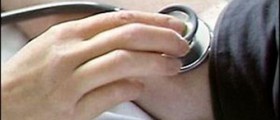
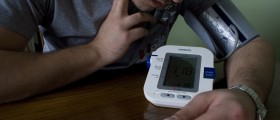

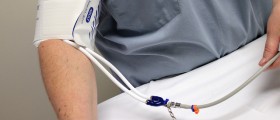
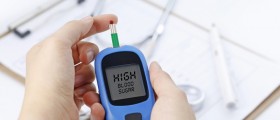



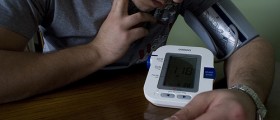



Your thoughts on this
Loading...